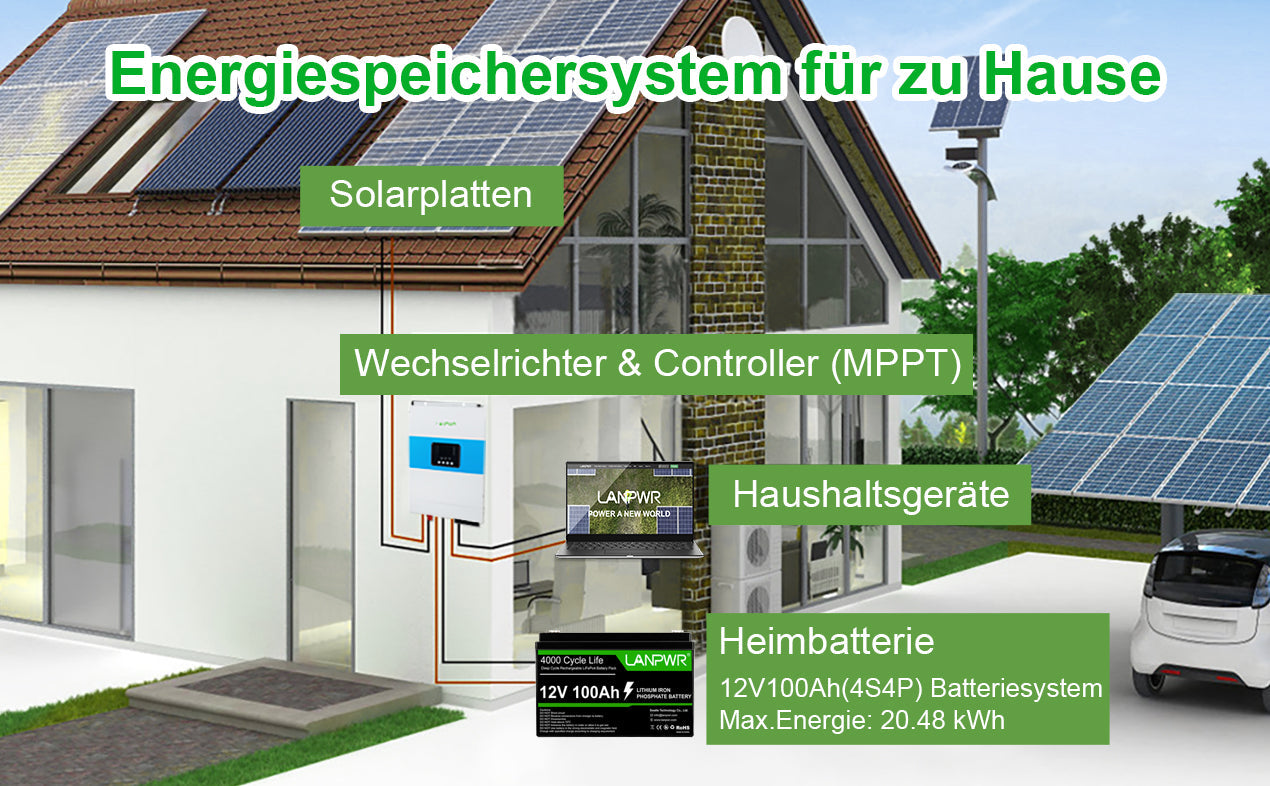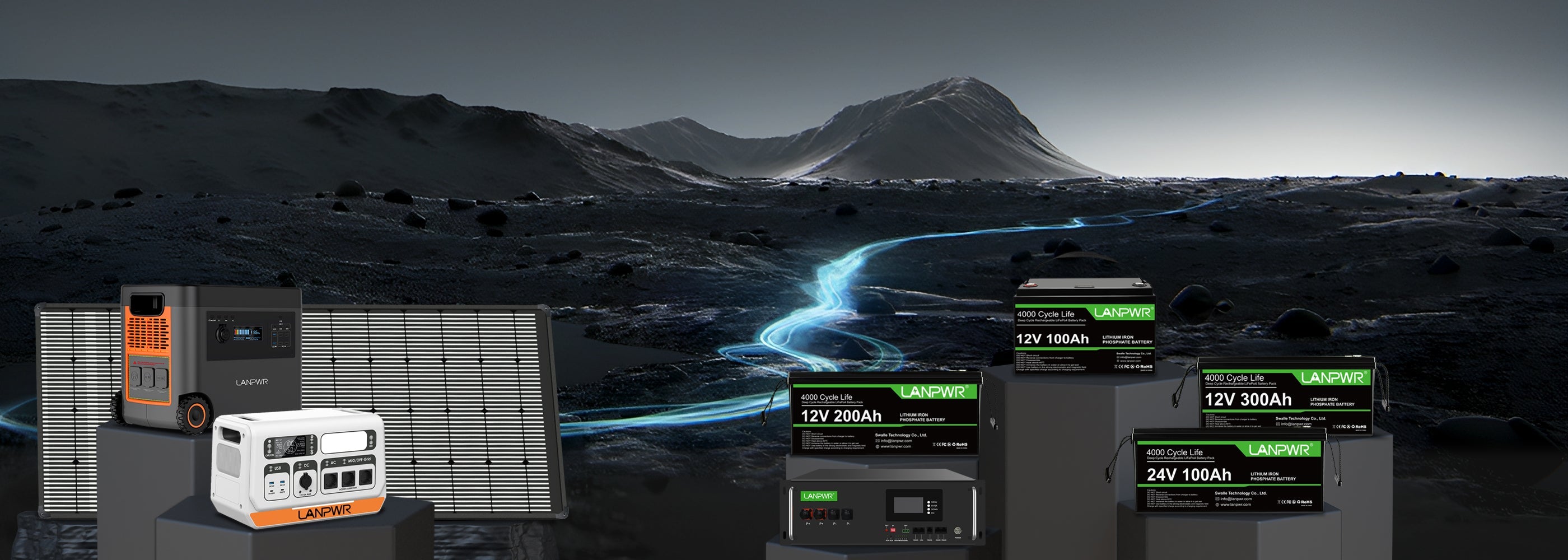Refrigerators, perhaps the most common appliance in today's homes, have replaced iceboxes which were used for keeping food clean and in good shape for consumption. But they are also 1 of the most energy ugly white appliances. Learning how many watts a refrigerator uses and taking steps to reduce that number can lead to big savings and reduced energy costs. In this article, we are going to gather information about the energy used by refrigerators, as well as tips to help you lower your power consumption.
Refrigeration Energy Consumption Explained
Approximate Wattage of a Refrigerator
Refrigerators are a little more complex, and their energy consumption can range from very low to very high depending on the size, age, model, and energy efficiency rating. Here’s a general breakdown:
Average Wattage: Household fridges use somewhere between 100 and 800 watts, depending on size and model. Your fridge is going to be the single biggest user of electricity in your home, and newer models -- especially those with an Energy Star rating -- should be generally more efficient.
What we mean by running / Surge Wattage
Running Watt: Wattage the refrigerator uses during normal operation. For example, for most refrigerators, this is 100-400 W.
Surge Wattage: Refrigerators have a higher surge wattage necessary during the compressor's start mode, typically 2-3 times higher than the running wattage. This spike usually about a few seconds.
Annual Energy Consumption: It is usually expressed in kilowatt-hours (kWh) per year of energy consumed. A modern refrigerator uses about 300 to 600 kWh per year. Older models or larger units can eat up a lot.
Factors Affecting Energy Utilization
Size and Capacity: Typically, larger refrigerators with more storage capacity consume more energy. Although, the efficiency improvements in modern large refrigerators have offset some of this effect.
Age and Model: Any refrigerator that is older and has gotten worse over time with wear and tear is likely to become less energy efficient. Newer refrigerators are better engineered to be energy efficient, often to the effect of improved insulation and more modern compressors.
Usage Patterns: Energy consumption can be higher if the door is opened and closed often, if the unit is overpacked, and hot food is placed inside. The greater the distance to heat the air to the specified temperature requires more compressor work, which consumes more energy.
Ambient Temperature: Refrigerators work harder to maintain the desired temperature if they are placed in warmer environments (e.g., near ovens, in direct sun, or hot garages) here are energy hogs.
Save Power with Your Refrigerator
- Opt for Energy-Friendly Varieties
Refrigerators with Energy Star Ratings: If you buy a new refrigerator, make sure the model has the Energy Star label. Refrigerator- Energy Star: refrigerators can use up to 15% less energy than non-rated models. They are engineered to have several enhancements including increased insulation, new and improved compressors, and cooling technology.
- Optimize Temperature Settings
Ideal Temperature Range: Adjust Your Refrigerator to the Appropriate Temperature Range. The recommended temperature for the refrigerator compartment should be 35°F to 38°F (1.7°C to 3.3°C) and 0°F (-18°C) for the freezer. Do not set your temperatures lower than you need to as this can be less energy efficient.
- Maintain Proper Airflow
Allow Adequate Ventilation: Make sure that there is sufficient area around the refrigerator to enable it to breathe (meaning that cooling air can circulate it) Heat Transmission - Proper ventilation of central units is a necessity for heat to transfer towards the compressor and condenser coils. Everywhere in the fridge usually needs to be isolated by even 2 inches at a minimum.
- Keep the Coils Clean
Regular Cleaning: Dust and Debris build up on the Condenser Coils - Dirty condenser coils cause the refrigerator to run harder and consume more energy. Using a Vacuum or A Coil Brush Clean the Coils Twice A Year Disconnect the refrigerator in advance of cleaning to remain safe.
- Check Door Seals
Ensure Tight Seals: Old or defective door seals (gaskets) could allow cold air to escape, so the refrigerator would use more energy to keep the set temperature. Inspect the door seals regularly for cracks or gaps. Close the door on a piece of paper. If you can pull the paper out without much difficulty, to avoid a mess caused by a leaking pressurized plunger, replace the seal.
- Minimize Door Opening
Decrease Frequency and Length: If you do open the refrigerator door, do so as infrequently and briefly as possible. Don't open a cabinet or closet hill-nilly-plan ahead and know what you're going in for. This limits the amount of cold air that can escape, and in turn, how hard the compressor must work to return to the target temp.
- Store Food Properly
Avoid Overloading: Make sure not to over-fill your fridge and block vents, preventing proper air movement. However, a refrigerator that is moderately stocked runs more efficiently since the cold mass of the items helps to stabilize the temperature when the door is opened.
- Let Hot Foods Cool
Cool Before Storing: Cool hot foods to room temperature before refrigerating. The introduction of hot food raises your internal temperature and the compressor has to work harder to bring it back down.
- Use the Energy-Saving Mode
Energy Saver Feature: Turn on high-efficiency mode on the refrigerator Typically, this mode modifies the referred cycle of the defrost and other functions so they consume less energy while maintaining product integrity and preservation.
- Defrost Regularly
Manual Defrost Models: If you use a manual defrost refrigerator, defrost it periodically. Ultimately, you will also have to clean out your air conditioner better than you would if there were no ice buildup, and the unit will not run as efficiently, using more energy to do the same work. Frost-free units in contemporary models make certain that ice never accumulates.
Energy Savings for the Long Term
Replace Old Refrigerators
Upgrade to Modern Models: Replace older refrigerators with new, high-efficiency versions. Energy savings over time can recoup the initial investment Unit age - Older air conditioners, especially ones over 10 years old, can use far more energy than newer, Energy Star-rated models.
Consider Size and Usage Needs
Right-Size Your Refrigerator: Choose a fridge that reflects your larger lifestyle units Take More Power, so if you don't need a lot of storage space, take a minor, more effective system. If you do not need an oversized refrigerator, do not spend unnecessarily.
Positioning Matters
Optimal Placement: Keep your refrigerator away from heat sources like ovens and dishwashers, as well as indirect sunlight. This makes the air conditioner compressor even harder and results in increased energy consumption. Placing the refrigerator in the coolest part of the kitchen can help maintain its performance.
Smart Refrigerators
Advanced Features: For example, smart refrigerators offer the possibility of monitoring the temperature, performing an automatic defrost, and even tracking energy usage. These attributes provide a means of achieving energy efficiency. A few smart models can even sound an alert if the door is partially cracked or if the interior temperature rises above a safe level, which could save you the loss of all of your food before you even leave the driveway.
Insulate Your Home
Improved Insulation: Improved home insulation is all about maintaining a consistent ambient temperature around your fridge so that the fridge does not have to expend even more energy to keep cool. Better insulation can also help lower energy costs in every room in the house.
Energy Audits
Professional Assessment: You may also want to have a professional energy auditor assess your home and help you identify which appliances in your home — such as your refrigerator — should be more energy-efficient. One of the painstaking work in conducting energy audits is to produce recommendations tailored to the different buildings and their savings potential.
Summary
Knowing this as well as knowing ways to save on electricity when your refrigerator is using so many watts can make all of the difference in the world in terms of energy and cost savings. Even after you purchase a new refrigerator, you can get your existing refrigerator to consume less electricity, by making use of energy-efficient models, keeping temperature settings optimal, ensuring good airflow, maintaining cleanliness of coils, smart usage, etc. This can be further reinforced by taking your home energy management to the next level by buying modern energy-saving appliances. So, not only do you reduce the cost of your utility bills by following these steps but you also add to helping the environment by lowering your household's carbon footprint.














Leave a comment
This site is protected by hCaptcha and the hCaptcha Privacy Policy and Terms of Service apply.